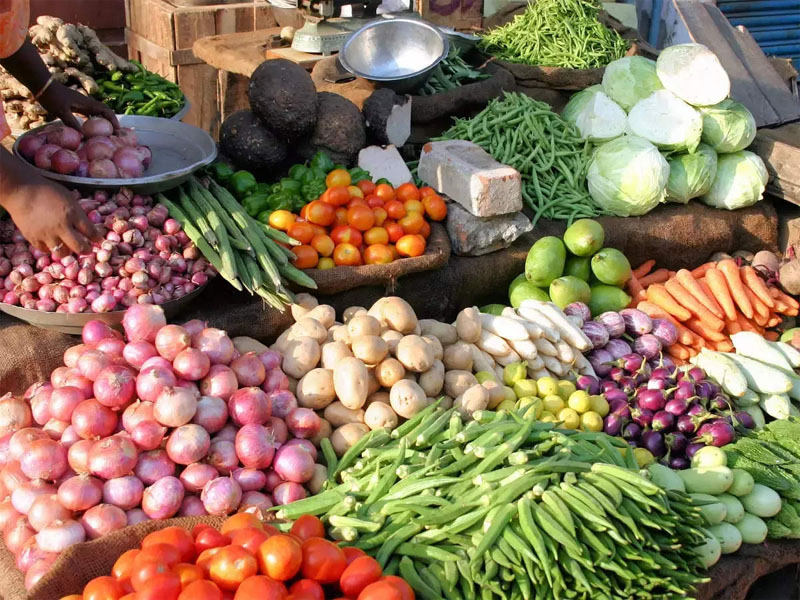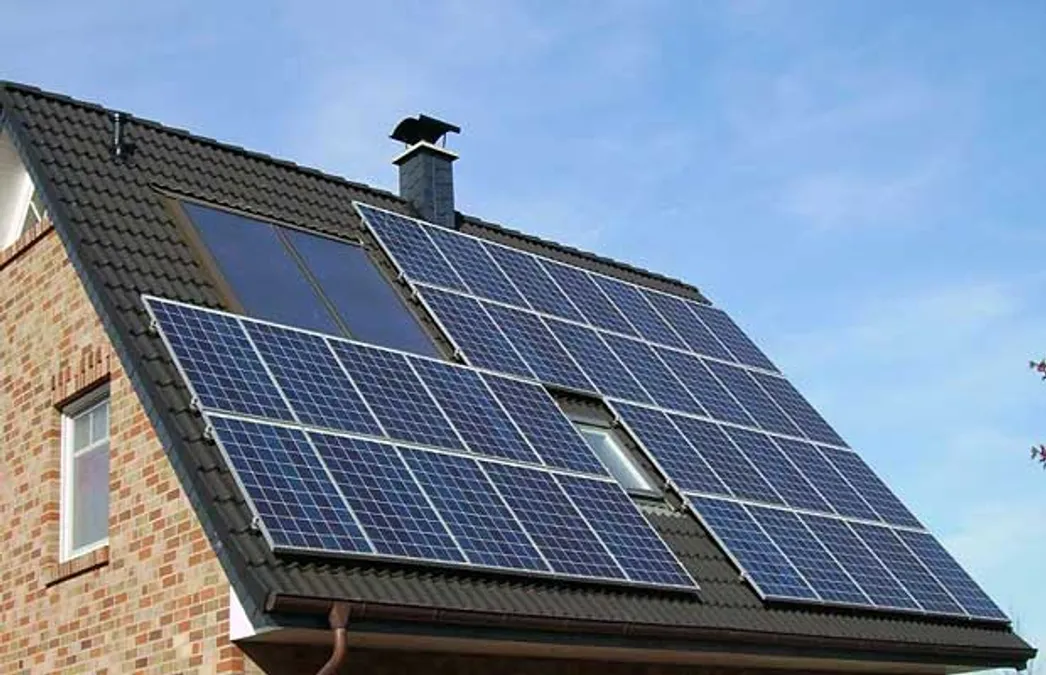J&K Pays More: Cost of Living Surges as Inflation Outpaces National Average
By: Javid Amin | Srinagar | 12 July 2025
Inflation Alarm Bells: J&K Residents Feel the Pinch
As the 2025 Economic Survey reveals, the cost of living in Jammu & Kashmir has increased faster than in the rest of India. While the national inflation rate cooled from 5.7% in 2023 to 5% in 2024, J&K saw a rise from 4.3% to 4.5%. This seemingly modest difference masks a harsher ground reality—daily life is becoming increasingly unaffordable for ordinary Kashmiris.
This growing disparity has triggered concern among policymakers, economists, and, most importantly, the common people whose monthly budgets are being stretched to the limit.
What’s Fueling J&K’s Cost of Living Surge?
01. Import Dependency: An Island Within Borders
Jammu & Kashmir’s geographical and political isolation plays a major role in its economic vulnerability. With a significant share of goods—ranging from food grains to building materials—being imported from outside the Union Territory, J&K remains especially sensitive to national and global price fluctuations.
When costs go up elsewhere, they hit harder here. Transportation over mountainous terrain and multiple transit routes adds to final retail prices, especially in remote areas.
02. Fuel Prices: A Burning Concern
Fuel costs are among the highest in Kashmir. Petrol prices in Srinagar routinely cross ₹110 per litre, making fuel not just an environmental concern but a deep economic one. This has a cascading impact—transportation, food distribution, and construction materials all become more expensive, trickling down to the consumer in every imaginable way.
Rising fuel costs also impact industries such as tourism, horticulture, and handicrafts, which rely heavily on road transport.
03. Urbanization and Real Estate Boom
As urban centres like Srinagar and Jammu expand, demand for housing, infrastructure, and public services has exploded. This surge has driven up rents, property prices, and service charges. A middle-class family in Srinagar now spends more on rent and utilities than ever before, while the dream of owning a home moves further out of reach for many.
Real estate speculation, limited land availability, and lack of urban planning exacerbate the problem.
04. Climate Change and Infrastructure Stress
Erratic weather patterns—frequent floods, untimely snow, and sudden heat waves—have disrupted agriculture, damaged infrastructure, and increased the cost of food and logistics. A bad harvest now means not just local shortages but steep price rises in vegetables, fruits, and dairy.
Healthcare, too, has become more expensive as demand outpaces supply, especially in the wake of frequent climate-related health challenges.
The Real Impact: Families Are Stretching Every Rupee
For families in Jammu & Kashmir, these inflationary trends aren’t just data points—they’re lived realities.
- Rural Family of Six: ₹26,142/month average spending
- Urban Family of Six: ₹37,200/month average spending
This marks a staggering 150% increase in household consumption costs compared to 2011 figures. Food, transport, electricity, education, and healthcare—everything is more expensive.
Even with government subsidies on essentials like rice, sugar, and kerosene, people are increasingly reliant on credit, loans, and informal borrowing to make ends meet.
A resident of Pulwama shared, “Earlier, ₹1000 was enough for weekly groceries. Now it barely gets us through two days.”
Resilience or Illusion? The Growth Paradox
Despite the inflation burden, J&K’s economy is projected to grow at a healthy rate of 7.06% in 2024–25. This suggests a resilient economy on paper, driven by infrastructure projects, tourism recovery, and private investment.
However, economists caution against viewing this growth in isolation. Income inequality has widened, and per capita benefits are limited. A Srinagar-based economist noted, “GDP growth doesn’t reflect grassroots well-being. You need better wage growth, employment generation, and price control to call it inclusive.”
The Road Ahead: What Can Be Done?
01. Strengthening Local Production
Reducing dependency on imports by investing in local agriculture, small industries, and food processing units could reduce costs and create jobs.
02. Fuel Tax Reforms
Reviewing local fuel taxation policies and exploring subsidies for essential public services can help buffer the impact of fuel inflation.
03. Affordable Housing Schemes
Encouraging planned urban growth and making real estate more accessible to the middle and lower-income segments is vital.
04. Climate-Resilient Infrastructure
Investing in sustainable infrastructure, such as flood management and climate-smart agriculture, can mitigate future shocks.
05. Transparent Pricing & Consumer Rights
Monitoring price gouging and strengthening consumer protection frameworks will go a long way in shielding people from arbitrary price hikes.
Bottom-Line: Growth with Caution, Equity with Urgency
Jammu & Kashmir’s rising cost of living is a pressing social and economic issue that requires targeted interventions. While the region’s growth trajectory is commendable, it risks leaving behind a majority struggling with everyday survival.
The time to act is now—through policy, investment, and above all, empathy. Economic resilience must not be a headline statistic, but a felt improvement in the lives of the people.



